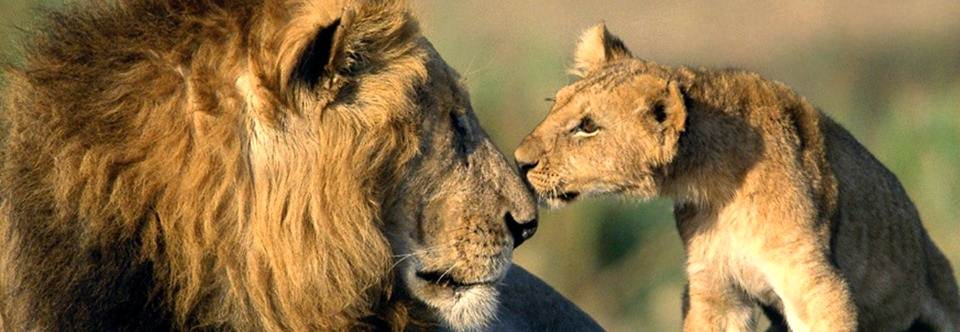Most Expensive Brands of Wines In The World
While many people consider wine as a vitiated juice derived from grapes, many wine aficionados consider it as an identity resplendent, a life independent and a living thing. You might be wondering about why wines are greatly priced in auctions and market today but you should know that they come in a package of over a hundred-year refinement, amazing culture behind its bottle and sumptuous wine manufacturing, processing and drinking experience.
Through the years, wines have become a symbol of sophistication, glamour and pricey fixed attitude in the society. Here is the list of the best and most expensive wines which can benefit both lovers and non-lovers of wine. If have been raised in such a wealthy and sophisticated setting, you might be encouraged to purchase a new bottle of the wine to add in your luxurious collection of the world's most expensive wines. If you cannot afford having these expensive brands of wines, reading this article gives you the opportunity to learn more about the characteristics and prices of the world' s most expensive brands of wines.
The Most World's Most Expensive Wines
How much are you willing to spend for something which you cannot use? Hundreds of bucks? Thousands? You might be left in awe if you will discover the prices of wines described below. The price of wine is actually determined by a variety of factors including its market value, vineyard, owner of the wine bottle and the age of the wine are the major factors that affect the price of the wine.
One of the best ways to impress a woman is to lead her to a cellar filled with the finest quality and great tasting wines. If not possible, give her loads of information about wines and she'll definitely gets interested into you. Here is the list of the most expensive wines in the world and their selling or auction price.
Chateau Lafite (1869) – $232,692
Chateau Lafite (1787) – $160,000
Chateau Mouton-Rothschild Jeroboam (1945) – $114,614
Screaming Eagle Cab (1994) – $80,000
Penfold Grange Hermitage (1951) – $56,988
Chateau d'Y quem (1784) – $56,588
Massandra Sherry (1775) – $43,500
Romanee Cont, DRC (1990) – $28,112
Montrachet (1978) – $23,929
1787 Chateau Margaux also comes in the list with an insurance of $225,000. To some, it is easy to forget the names of the most expensive wines available on the market today but to many wine aficionados, a collection of the world's most expensive wines is more than just a hobby. These expensive wines have surely made a mark on the minds of wine aficionados and lovers because of their substance and market value. A wine expert can tell you why these wines have gone up to such expensive rate



























